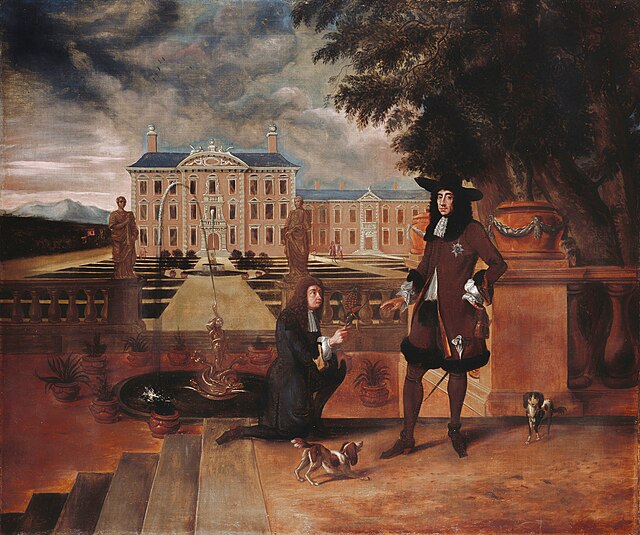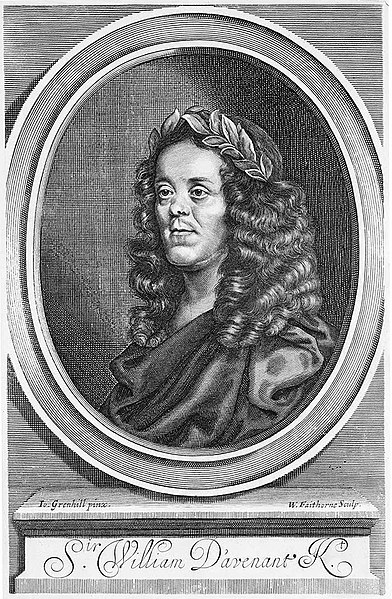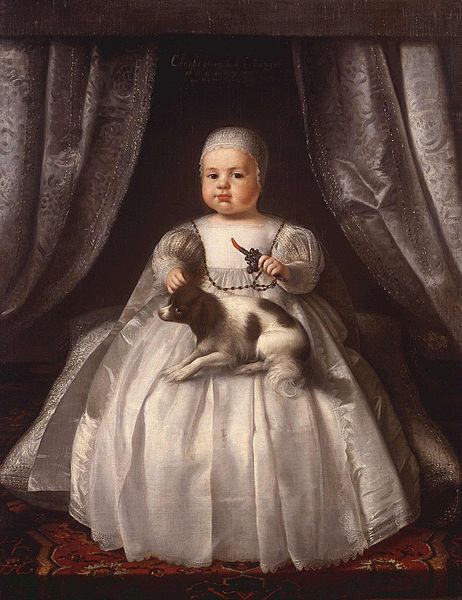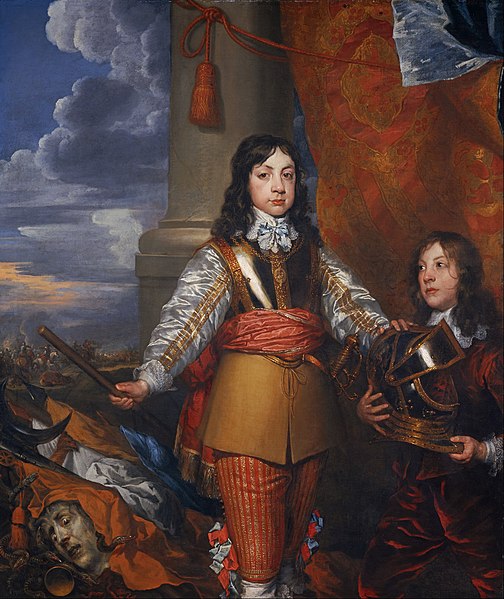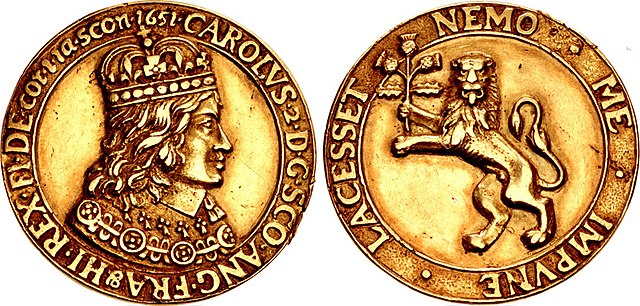Restoration literature is the English literature written during the historical period commonly referred to as the English Restoration (1660-1688), which corresponds to the last years of Stuart reign in England, Scotland, Wales, and Ireland. In general, the term is used to denote roughly homogenous styles of literature that centre on a celebration of or reaction to the restored court of Charles II. It is a literature that includes extremes, for it encompasses both Paradise Lost and the Earl of Rochester's Sodom, the high-spirited sexual comedy of The Country Wife and the moral wisdom of The Pilgrim's Progress. It saw Locke's Treatises of Government, the founding of the Royal Society, the experiments and holy meditations of Robert Boyle, the hysterical attacks on theatres from Jeremy Collier, and the pioneering of literary criticism from John Dryden and John Dennis. The period witnessed news becoming a commodity, the essay developing into a periodical art form, and the beginnings of textual criticism.

The English monarchy was restored when Charles II of England (above) became king in 1660.
Charles II being given the first pineapple grown in England by his gardener, John Rose; note also the Cavalier King Charles Spaniels in the foreground
Charles II
Sir William Davenant, operator of the first playhouse opened after the Restoration, was also a playwright and an epic poet.
Charles II was King of Scotland from 1649 until 1651 and King of England, Scotland, and Ireland from the 1660 Restoration of the monarchy until his death in 1685.
Charles in Garter robes, c. 1660–1665
Charles as an infant in 1630, painting attributed to Justus van Egmont
Portrait by William Dobson, c. 1642 or 1643
Cast gold coronation medal of Charles II, dated 1651


